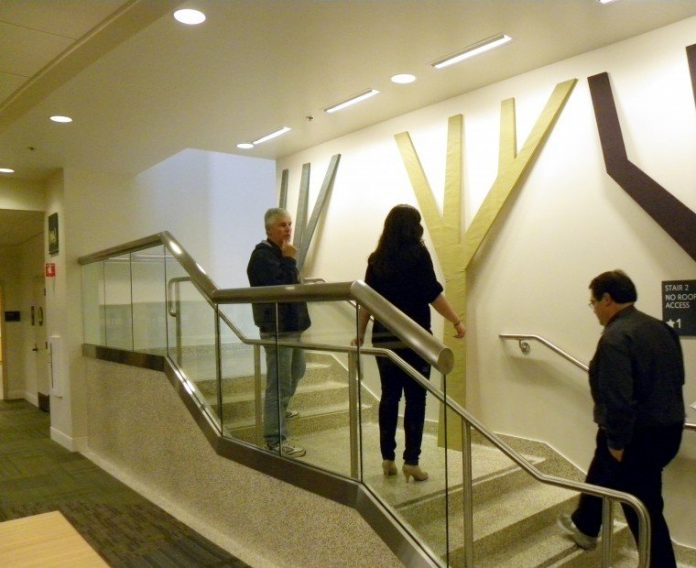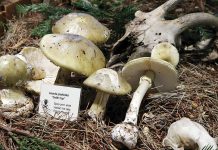Gilroy has something in common with the likes of Beverly Hills, Berkeley, Santa Barbara, Las Vegas, Dallas, Miami and New York.
And that’s not about to change any time soon, as the Garlic Capital has maintained its Tree City USA designation for 34 years in a row.
“It means a lot to the City of Gilroy,” said Todd Barreras, operations supervisor for street, sewer and forestry. “It shows we are a city that places importance on maintaining our trees and reforesting our community.”
According to spokesman Sean Berry with the Arbor Day Foundation, Gilroy has not officially received its newest recertification approval – but one is on the way, since the city demonstrated that it has continued to follow the four standards for a Tree City USA designation.
“As long as the city demonstrates that they are doing what they’ve been doing, they will get recertification,” said Berry, whose foundation works with state coordinators who help verify the city’s continued designation. “There is a degree of trust.”
A city must re-certify once a year, proving it has maintained the four standards to earn the designation.
A community must establish (1) a tree board or department; (2) a tree care ordinance; (3) a Community Forestry Program with an annual budget of at least $2 per capita; and (4) an Arbor Day observance or proclamation.
“They definitely meet all the standards,” said Berry of Gilroy. “Their volunteers spent a lot of time planting trees and that’s all part of the program.”
Gilroy’s latest application for the 2012 calendar year showed that the City has a tree removal policy in place; volunteers logged a generous amount of hours for tree-related chores and, most importantly, the $2 per capita standard was “far exceeded,” according to Berry.
Barreras said the city has a group of 100 to 150 volunteers who help with tasks such as tree-trimming along the Uvas Levee, painting poles, cleaning restrooms and tidying up other public areas.
“With recent budget cuts, we kind of scaled down (what we did for our Arbor Day observance),” said Barreras. “We kind of tied it in to when big (volunteer) groups came in and we go do some replanting and put trees in parks.”
If there needs to be a change in policy or procedures to maintain the Tree City USA designation, Barreras and others involved must go before the Parks and Recreation Commission to get that done.
“The council has been very good to us,” said the 11-year city employee. “They’ve always given us enough money to maintain our trees.”
Gilroy was first granted Tree City USA status in 1979, when Parks Supervisor Bill Headley and Urban Forester Rick Brandini filed the application.
“Not all cities want to jump through all the hoops to get the designation,” said Headley. “But we figured since Gilroy is a warm city in the summer and this was a tree quality of life issue, that we’d go for it.”
Gilroy is now one of 144 cities in California and thousands nationwide to call itself a Tree City USA.
While some cities don’t apply for recertification and subsequently lose their status, Gilroy has stayed current and valued the designation.
According to www.arborday.org, there are many benefits of being a Tree City USA.
The standards help get a community started toward annual, systematic management of its tree resources. The designation makes visitors aware that the city cares about its environment and is an indication to prospective businesses that the quality of life may be better there. In addition, it gives citizens a sense of pride in their community, which might be given preference over other communities when allocations of grant money are made for trees or forestry programs.
A bountiful tree population also benefits a city in that it can sequester carbon dioxide from the air, produce oxygen and help fight global warming. Trees help reduce run-off, provide shade and, according to the Arbor Day Foundation, can increase home value by more than 15 percent.
“Finding the right tree for the right location is what we’re trying to do,” said Barreras, who uses a new way of thinking when it comes to planting trees around town.
Instead of just planting a row of trees in a park strip, the staff now takes into account variables such as limiting damage to sidewalks, the park strip size and the types of trees that can be used.
The Arbor Day Foundation is a nonprofit conservation and education organization of nearly one million members, with a mission to inspire people to plant, celebrate and nurture trees.













